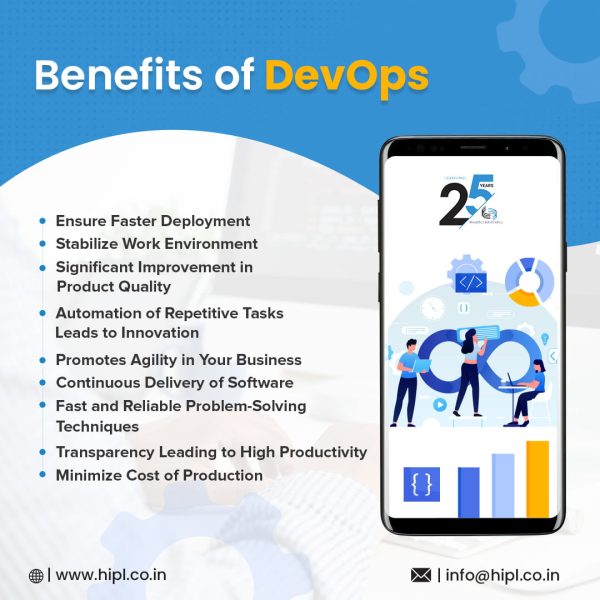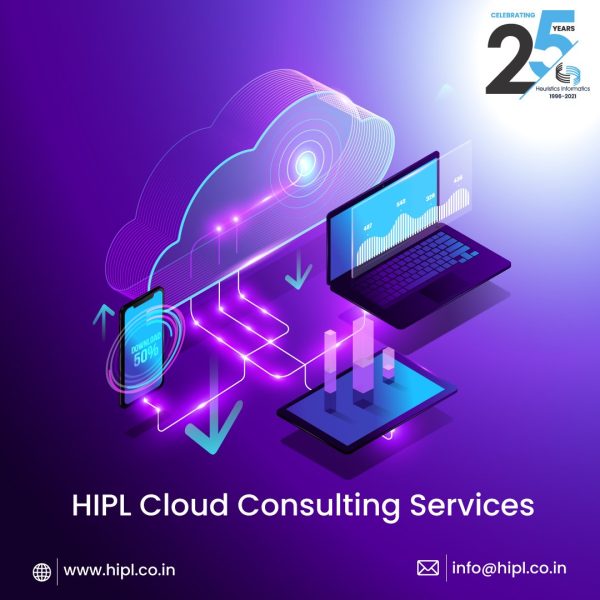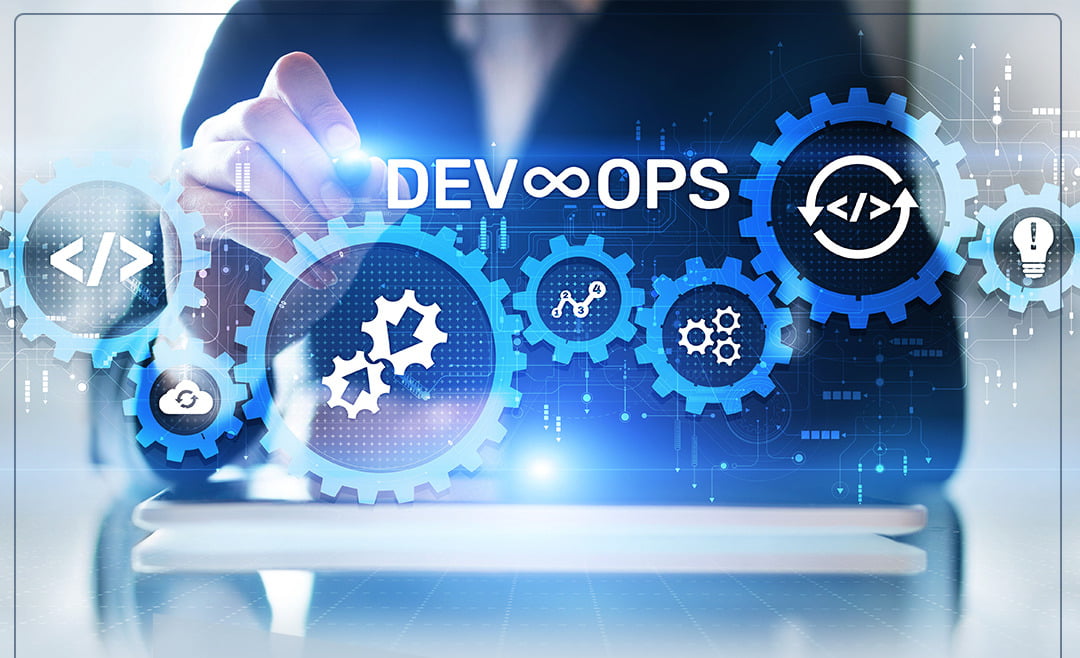What is Database DevOps?
DevOps is a set of practices combining software development and IT operations with the goal of delivering features, fixes, and updates faster, in alignment with business objectives. Database DevOps applies these principles, to ensure that the database code is included in the same process as development code. Database DevOps helps teams identify and streamline the application development and release process.
Need for Database DevOps
While there has been a sharp focus and tremendous acceleration in the speed of application software releases, updates to the underlying database have remained manual and are increasingly a bottleneck to the overall software delivery pipeline.
Organizations implementing DevOps into their work processes are visibly ignoring the changes that database administrators make right before an application is ready for production. As a result, despite the quick releases with a unified development and operations team, DBAs usually face the consequences of deploying late updates into production.
Irrespective of the number of application features or releases done in a day, the deployment ultimately slows down till the time DBAs do not verify the code changes. It is the developer’s ignorance about the database changes and their dependency that usually creates the database bottleneck challenges.

Database DevOps process
With the increasing scale of database changes, it is essential to standardize the app development and database development process together. The solution is to conjoin the database work process under a unified DevOps process. This shall ensure that upcoming changes in the application code are coordinated with changes in the database code as well.
Centralizing Source Control:
Synchronizing with CI/CD Pipelines:
Database operations can be automated alongside application releases for synchronizing with the continuous integration, continuous deployment, and continuous delivery processes. This would allow database administrators and operators to verify and test the code changes while integrating the application code as per the existing database dependencies.

Continuous Testing and Monitoring:
Lastly, a centralized system coupled with CI/CD approaches makes it possible to check for flaws and security issues in the database at the early stages of development. Developers and administrators can identify and address the problems the moment a new build is ready and compiled in the repository.
You can only ship code as fast as you can deploy it. Want a dedicated team of experts to guide your team to Database DevOps success? Contact HIPL to help your teams deploy database changes faster and safer.







